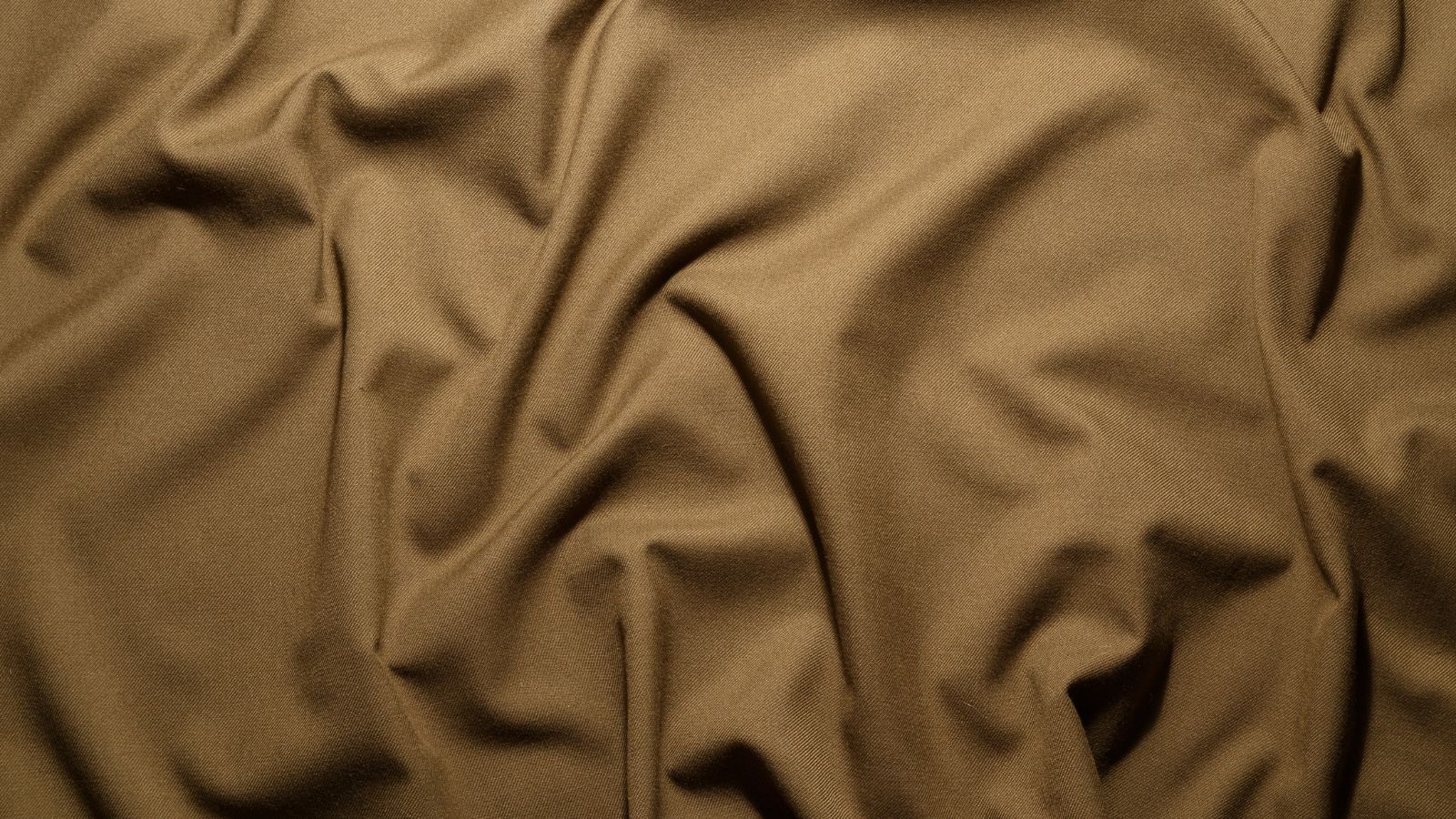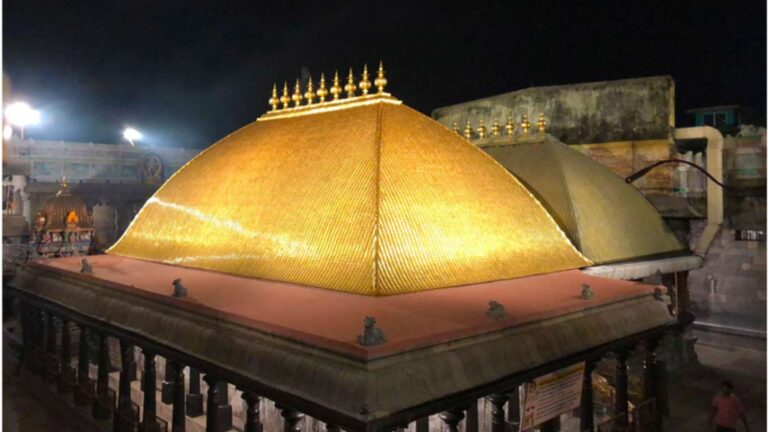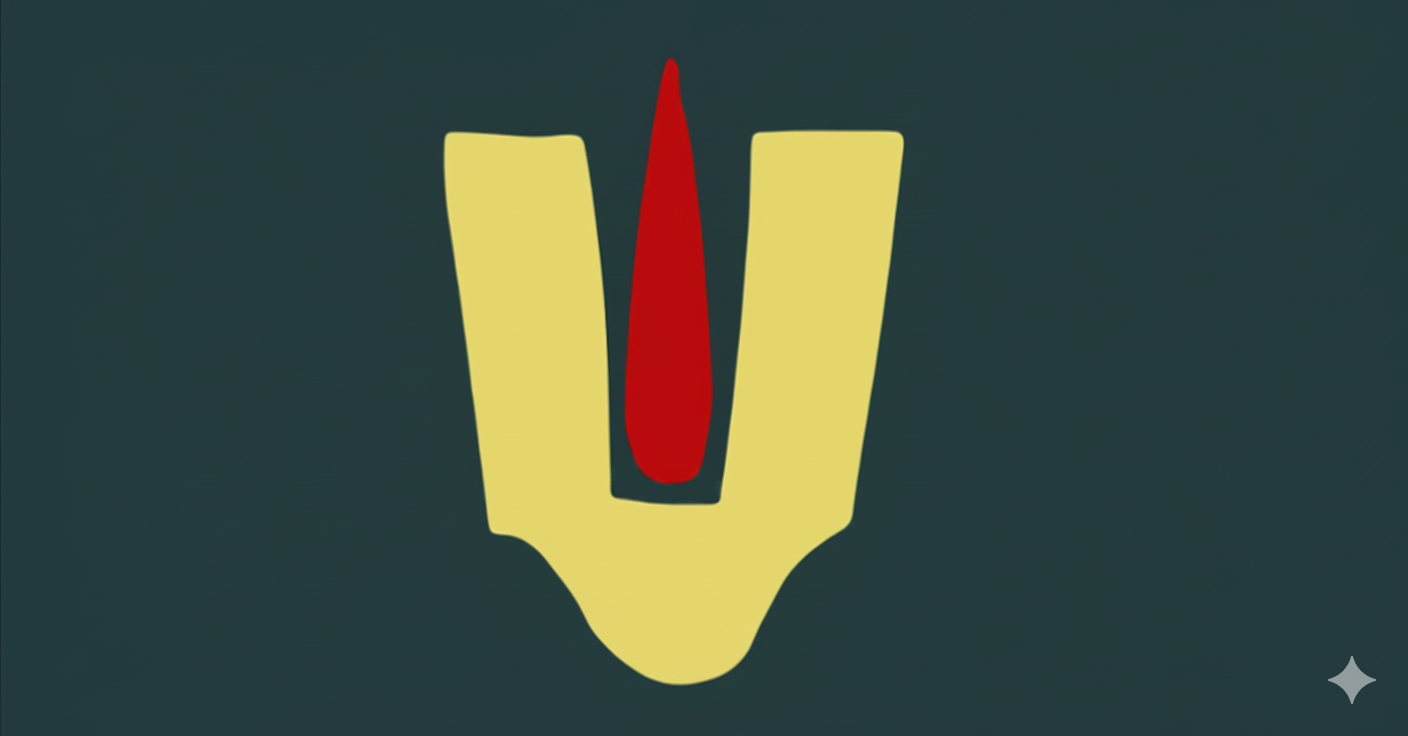Did you know that the word khaki derives from the Urdu word ‘khak’, meaning ‘dust,’ which aptly describes its yellowish-brown, earthy tone?
Introduced in the mid-19th century, khaki was first adopted by British colonial troops in India, who needed attire suited to the subcontinent’s arid climate and dusty terrain. The traditional red and white uniforms of the British Army made soldiers highly visible (making them an easy target), especially during conflicts like the Indian Rebellion of 1857. In response, British officers began dyeing their white cotton uniforms with a mixture of tea, curry powder, and mud to blend into the landscape.
The innovation proved so effective that khaki was soon standardized, with its camouflage value and durability quickly gaining favor in military uniforms globally. By the early 20th century, it became the official color of British and U.S. military attire. Eventually, khaki transitioned into civilian fashion, symbolizing ruggedness, practicality, and authority.
Khaki pants became so popular that they were favored by icons such as Audrey Hepburn, John F. Kennedy, and Ernest Hemingway. Even modern style icons like David Beckham and Rihanna have embraced khaki, strengthening its status as a timeless, versatile wardrobe staple.



